People all over the world observe a moon festival during the autumn, during which the fullest moon of the year appears and there is a major harvesting time for farmers. Ancient Chinese people worshipped the full moon as thanks for an abundant autumn harvest. Today, the holiday is still observed as a time to reunite with family and engage in exciting festivities like dragon dances, eat mooncake, and light lanterns. These activities are all tied together through their shared moon symbolism.
What is Mid-Autumn Festival?
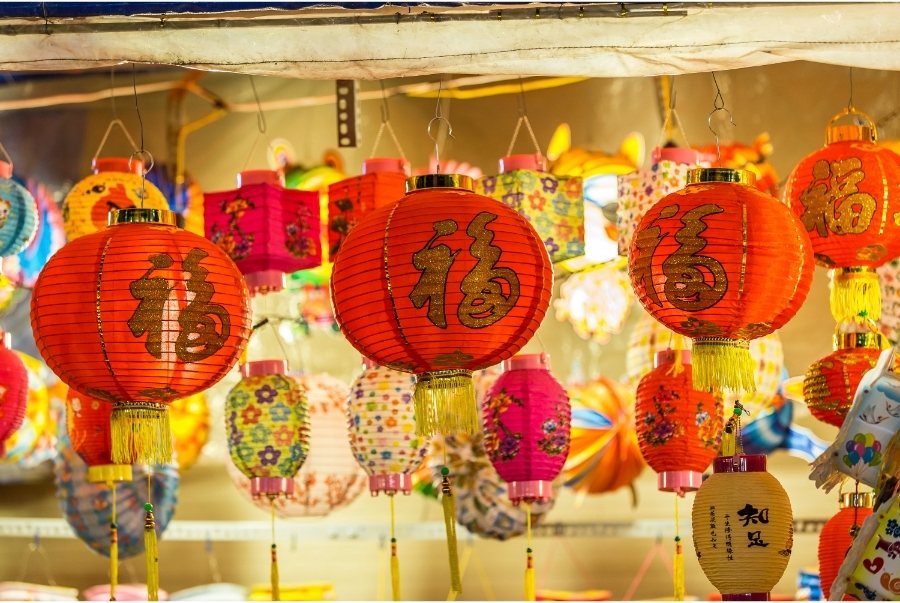
Mid-Autumn Festival (中秋節, jong chau jit in Cantonese or zhōngqiū jié in Mandarin) is when Chinese people appreciate the full moon when it’s at its biggest and brightest phase on the 15th day of the eighth lunar month, which is 10 September 2022 this year.
The largest full moon of the year was associated with the autumn harvest season in ancient China. In those times, people prayed to the moon for an abundant harvest and general blessings. With similarities to Thanksgiving celebration in western countries and one of the most important holidays in Hong Kong along with Lunar New Year, Mid-Autumn Festival is also called Lantern Festival, Moon Festival, and Mooncake Festival.
How did Mid-Autumn Festival start?
The Mid-Autumn Festival has a history going back 3000 years. Moon worship is evident in historical records going back as far as the Zhou Dynasty (510–314 BC). During the Tang Dynasty (618–907 AD), moon appreciation and jovial celebration was popularly adopted among the Chinese upper class, later spreading observance of the festival to the lower classes. During this time, it’s also believed the mooncake was invented. The festival became an official holiday in the Northern Song Dynasty (960–1127 AD).
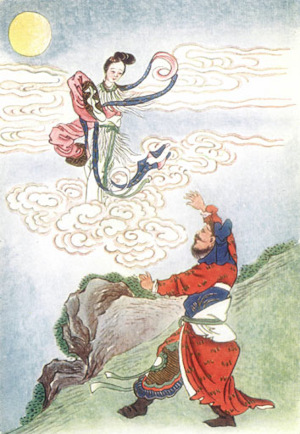
The legend of the moon goddess, Chang’e (嫦娥), is the most popular origin story associated with the Mid-Autumn Festival. One version of the legend describes how Chang’e drank the eternal life-giving medicine and flew to the moon in the hopes of escaping her husband and corrupt ruler, Hou Yi (后羿). In ancient Chinese times, people also believed this time of the year was linked with rebirth. Offerings would be made to the moon to bless women with a healthy pregnancy.
There are other legends that are associated with Mooncake Festival, such as the story about Tang Emperor Li Longji (李隆基) appreciating the moon so much that he flew to the moon to visit the moon palace. There, Li Longji was captivated by a song played by the fairies. When he returned to his palace, he wrote a song to commemorate it, the famous Tang song titled “Melody of White Feathers Garment”.
The Baiyue (百越) ethnic peoples who lived in South China and Vietnam during the first centuries BC and AD believed a dragon appeared during the eighth lunar month, bringing rain to help their crops grow and better their lives.
Rituals and traditions to celebrate Mid-Autumn Festival
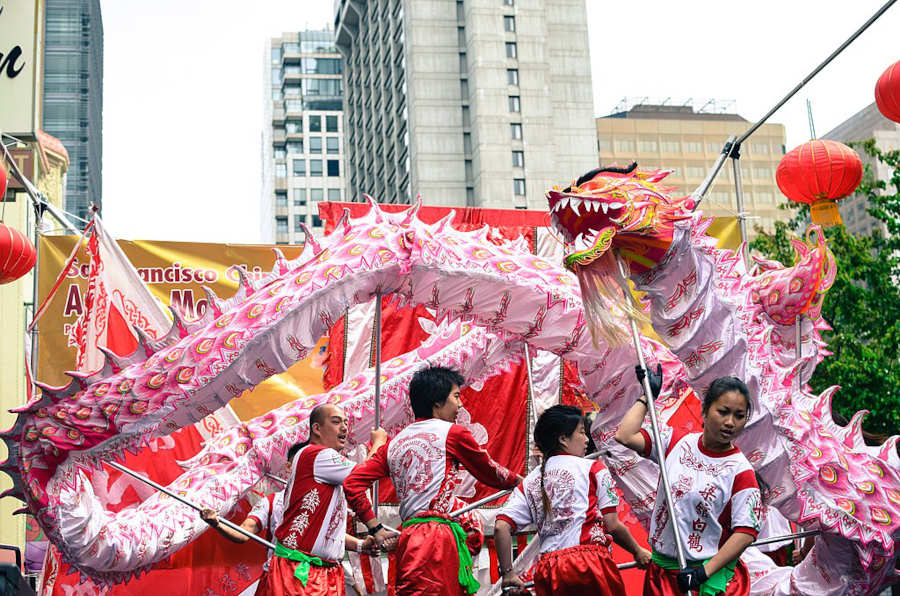
During the Mid-Autumn Festival, there are lots of traditions and rituals that have been passed down for generations. The full moon is a symbol of wholeness, nostalgia, and the reunion of family. Many believe family members even far or close can share the same feeling by looking at the same moon.
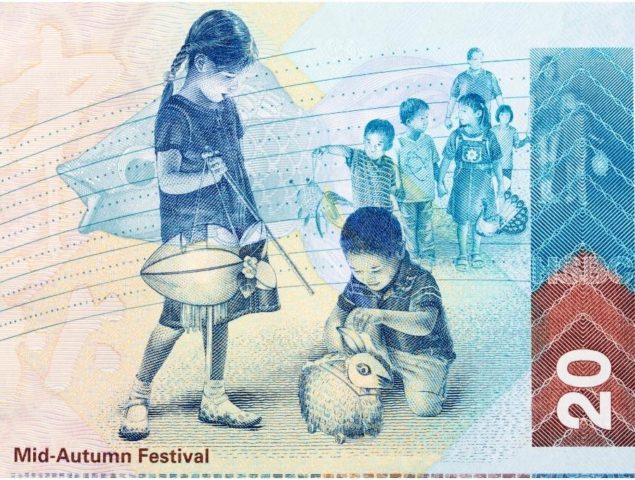
The Chinese lantern is believed to symbolize fertility and good fortune. One of the most important Mid-Autumn Festival traditions is lighting and carrying these lucky lanterns in various shapes. During this time, it’s also a traditional social ritual that allows single women and men to meet up. Activities such as the dragon or lion dance are associated with Baiyue people’s belief of the rain-bringing dragon. Burning incense is a way of praying to the gods for blessing. People also watch stage performances and visit Mid-Autumn Festival markets to play carnival games.
What to eat during Mid-Autumn Festival?
Mid-Autumn Festival foods are a delightful way to savour the vibrant energy of the festival period, and each item has special meanings.
Mooncakes are baked cakes with sweet fillings and whole salty egg yolks, a treat that, among other stories, has been linked to the historical tale of Ming revolutionaries’ victory over their Mongol rulers.
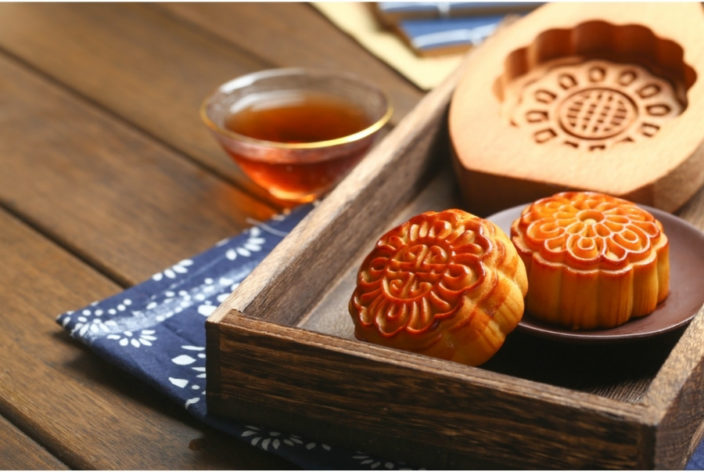
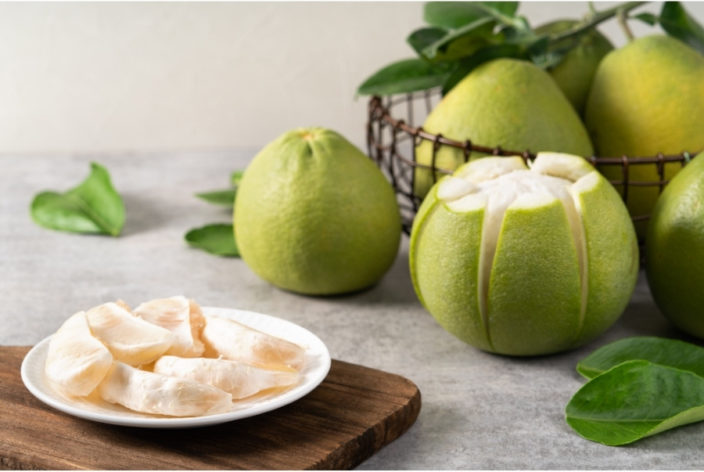
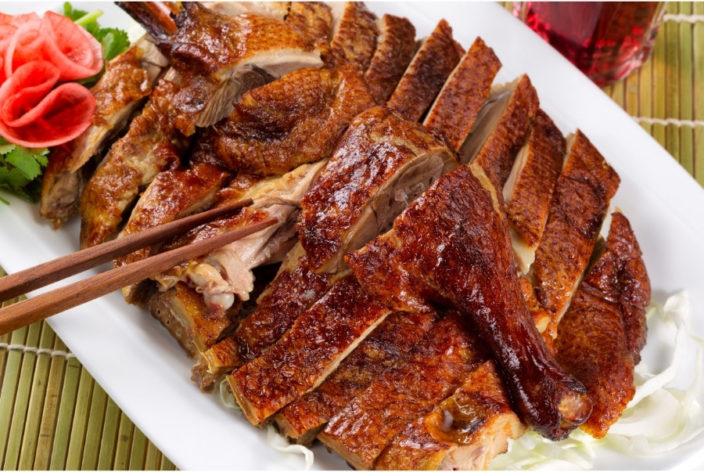
Roasted duck is eaten to share the remembrance of the revolutionaries’ victory.
Pomelo fruit has a sweet message because it sounds similar to the word “wander” in Chinese (游子, pronounced yau ji) and is eaten to remember family members who are far away from home. Families also have lotus root to share their wishes for reunion of the entire family.
Osmanthus or cassia wine are drunk as a symbolic wish for living a full, long life.
Similar moon festivals throughout Asia
Other Asian cultures also observe moon-based holidays in the autumn. Japan celebrates their moon festival Tsukimi on the same day as Mid-Autumn Festival, during which people create decorations with grass called susuki and eat dango (rice dumplings) to celebrate bountiful crops.
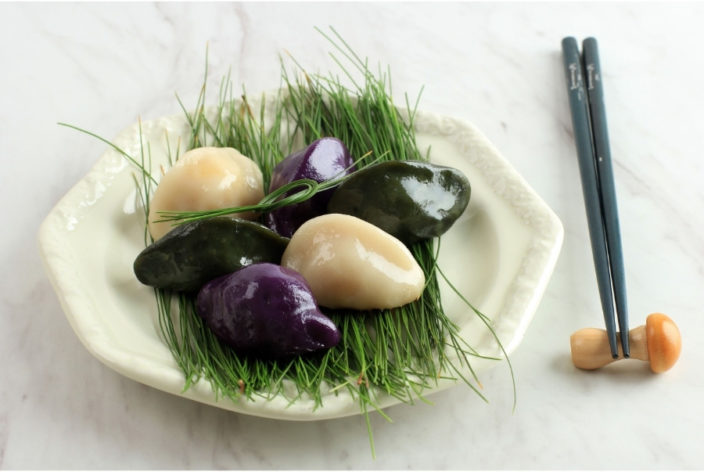
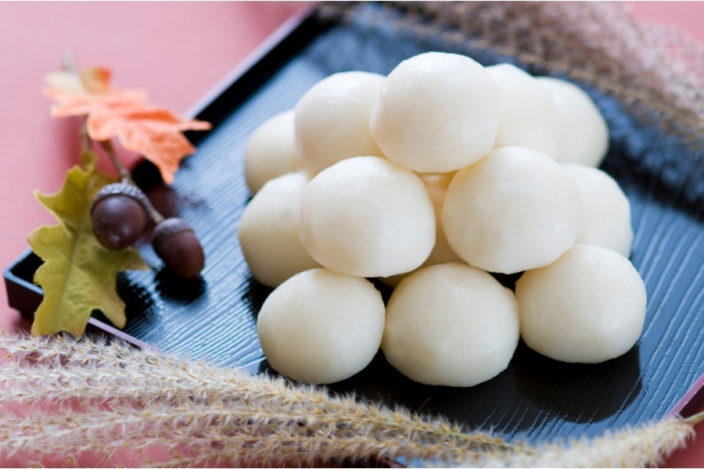
Koreans also celebrate the mid-autumn harvest festival called Chuseok on the same day, when people return to their hometown to provide offerings such as rice cake and wine on their ancestors’ graves. This ritual is called beolcho.
Vietnamese people observe Tết Trung Thu on the 15th day of the eighth lunar month, again to show gratitude to the moon for a healthy harvest. Rituals include giving children a paper figure to wish them success in life and lighting lanterns, which are sometimes anime-themed.
Best places to experience the festival in Hong Kong
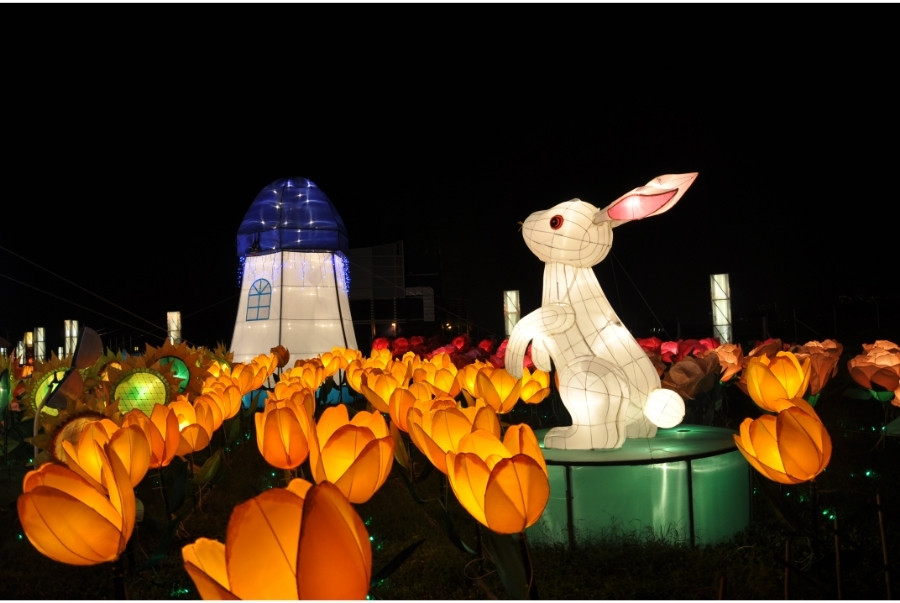
While there are many celebrations around the city on the Mid-Autumn Festival (September 29, 2023), if you’d like to experience the rituals in-person, then you must visit the Tai Hang Fire Dragon Dance, which returns after 4 years due to the pandemic. Lee Tung Avenue in Wan Chai also display 800 traditional lanterns and a LED fire dragon for the festival vibe.
The Hong Kong Observatory has announced that the full moon will occur near sunset on the day of Mid-Autumn Festival (September 29). If weather allows, a bright and round moon will be observable at night, so, what’s better than a moongazing walk? There are numerous spots to see the biggest full moon of the year, including The Peak, Victoria Park and more.
Don’t forget to get a box of mooncake, or two, to share with your loved ones!
FAQ about Mid-Autumn Festival
What is the point of Mid-Autumn Festival?
Mid-Autumn Festival is one of the most important festivals in Chinese culture, based around appreciating the moon when it’s at its largest and brightest. This is associated with harvesting time in autumn.
How do you celebrate Mid-Autumn Festival in Hong Kong?
In Hong Kong, people display and carry lanterns, either in the traditional round or cylindrical shapes or in lucky animal shapes like the auspicious goldfish or the powerful dragon, and eat mooncakes as their circular shape imitate the moon.
How did Mid-Autumn Festival originate?
Mid-Autumn Festival has been celebrated since the Shang Dynasty in ancient China, when the entire community worshipped the full moon for bringing a plentiful crop harvest. In folk religion, the festival time is also associated with the moon goddess, Chang’e.
🌙 More guides about Mid-Autumn Festival ⤵️
Other traditional Chinese festivals: Lunar New Year — Lunar New Year Fair — Birthday of Che Kung — Chinese Lantern Festival — Kwun Yum Treasury Opening Festival — Ching Ming Festival — Tin Hau Festival — Cheung Chau Bun Festival — Buddha’s Birthday — Birthday of Tam Kung — Dragon Boat Festival — Birthday of Kwan Tai — Qixi Festival — Hung Shing Festival — Hungry Ghost Festival — Mid-Autumn Festival — Monkey King Festival — Birthday of Confucius — Chung Yeung Festival — Winter Solstice Festival.
Header image credits: Billy Kwok via Unsplash




